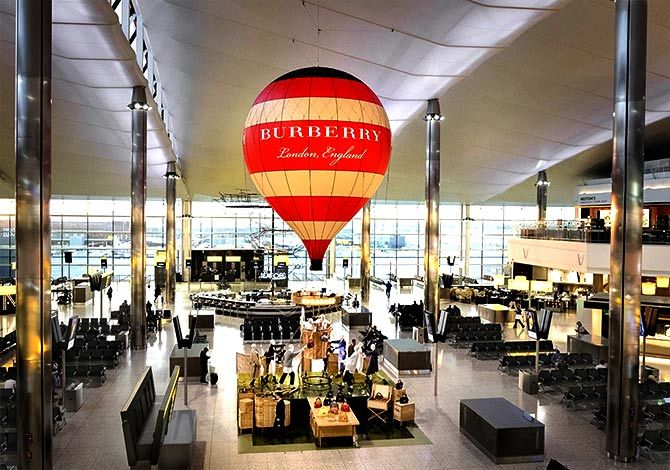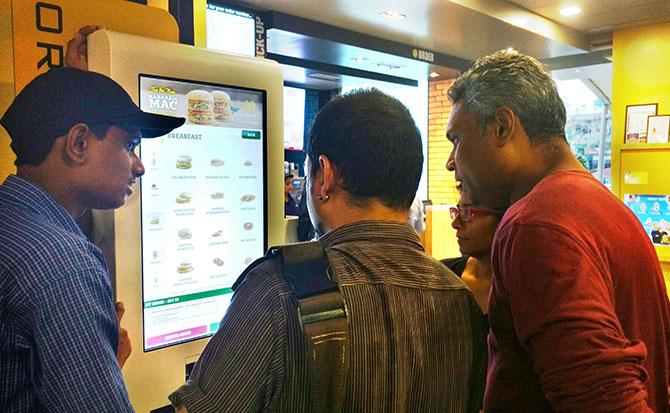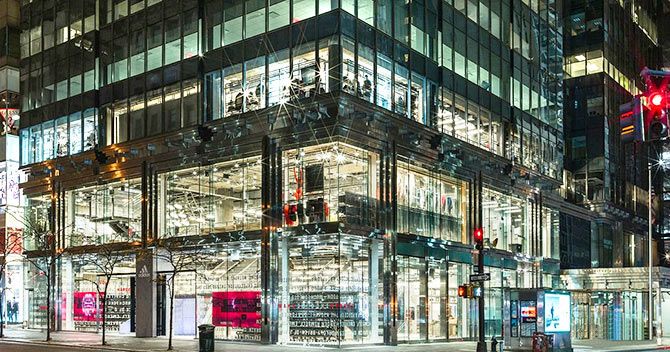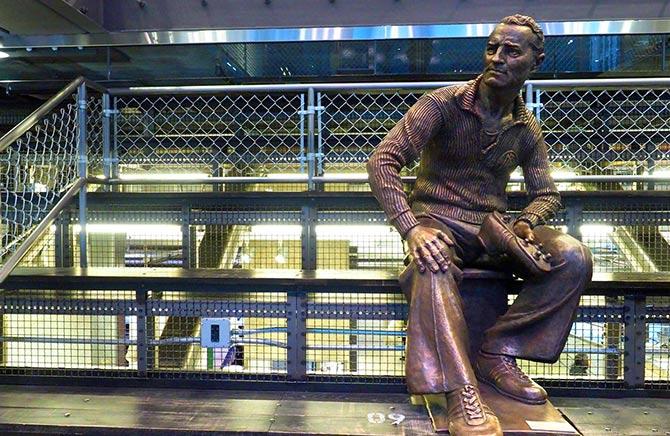 | « Back to article | Print this article |
The new-age tech-savvy buyer is seeking new shopping experiences. They need to be engaged. Indian retailers are still playing catch up with these customers.

Customers are no longer passive receivers of products and services.
“Price” becomes subservient to “experience” if online services are provided in-store. Today, consumers are smart, demanding and mobile-driven. They demand consistent messaging across channels.
Providing personalised experiences for consumers should be at two levels:

First, creating the experience and allowing the customer to decide the level of involvement with the experience.
Second, deciding whether the experience and engagement should be for both the customer as well as the consumer.

Adidas has attempted to provide a personalised customer experience via its omni-channel strategy. At the retail level it integrated its infrastructure to deliver a unique customer experience by linking about a quarter of its retail outlets in India with shopper friendly technology.
Adidas’ Endless Aisle strategy involves using in-store kiosks to allow buyers to order products which may be unavailable in a particular store. The product is then “drop shipped” to their homes making geography and physical space redundant in the customer’s search for the perfect product. Adidas expects about 15 per cent same store jump in sales.
Recently, Adidas elevated the customer experience at point-of-sale in New York City by creating a true “stadium” experience. Buyers enter the store through a players’ tunnel, bleachers serve as a hangout spot, water fountains to refresh, Wi-Fi hotspots and lockers to store belongings while you’re shopping. Everything is designed to inspire the sports lover -- Adidas’ target consumer.

This is the new normal in retail where digital is no longer an adversary but a force multiplier which combines the best of both virtual and physical in a seamless manner to attract and retain customers.
Brands realise that building the convenience, choice and flexibility of online into physical stores may effectively lure customers back into stores.
Burberry, Lenskart, and Prendi are experimenting with in-store visual display units, built-in 3D cameras and virtual wardrobes. This amalgamation of technology into the decision-making process saves queuing time, requirement of “fit-out spaces”, and access to Wi-Fi helps in making purchasing a “collaborative” effort through social media.

Are Indian retailers up to the mark in this “pursuit of high engagement” with customers?
McDonalds and Pizza Hut have on-the-go ordering, collecting and delivering of food where customers use their mobile devices saving the trouble of queues.
But in-store, there is not much engagement with the customer. The H&M flagship store in New Delhi does not have any Endless Aisle interface and customers have to roam around the large multi-storied space in the hope of finding what they need. If the item is not available in the store, the experience is “aborted”. Multi brand store Shoppers Stop too lacks any online–offline interface to improve the customer experience.

The increasing fusion of the physical with the virtual in terms of raising the experiential bar for retail customers is evident. Retailers must embrace both.
More immersive content will replace traditional text.

As the makers of the movie The Revenant realised, there are specific moments in an experience when customer interest peaks and wanes. The lesson for marketers could be to design shopping experience with as many “peaks” as possible.
Retail-virtual fusion is here to stay.
Jones Mathew, Professor at Great Lakes Institute of Management, Gurgaon.